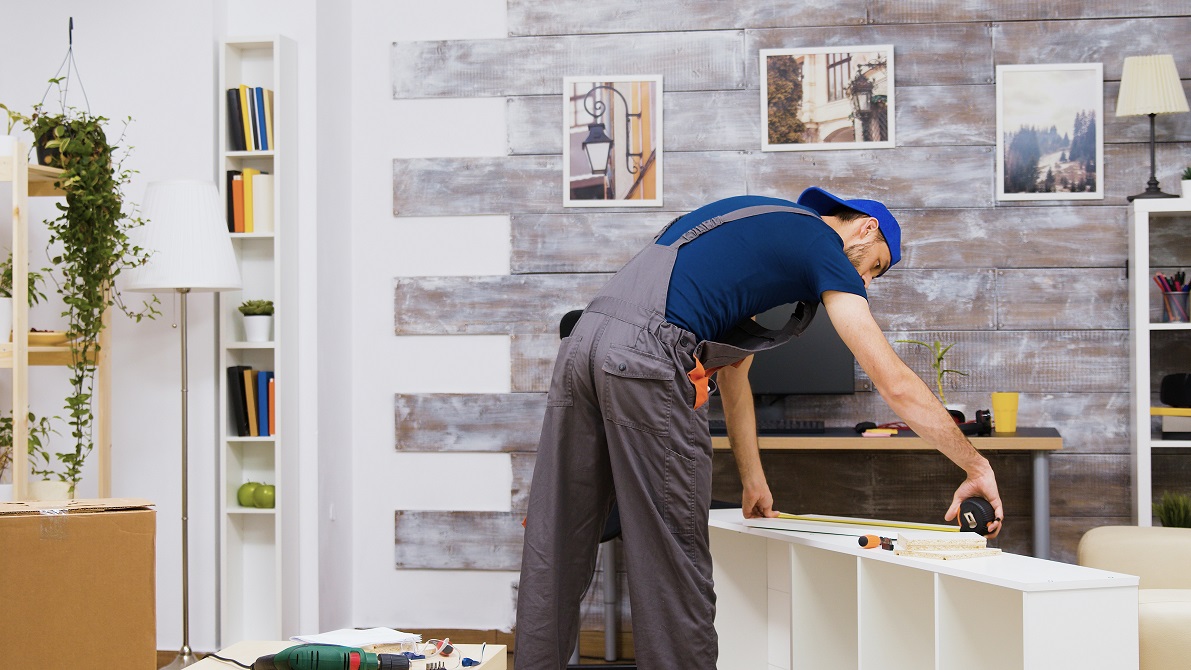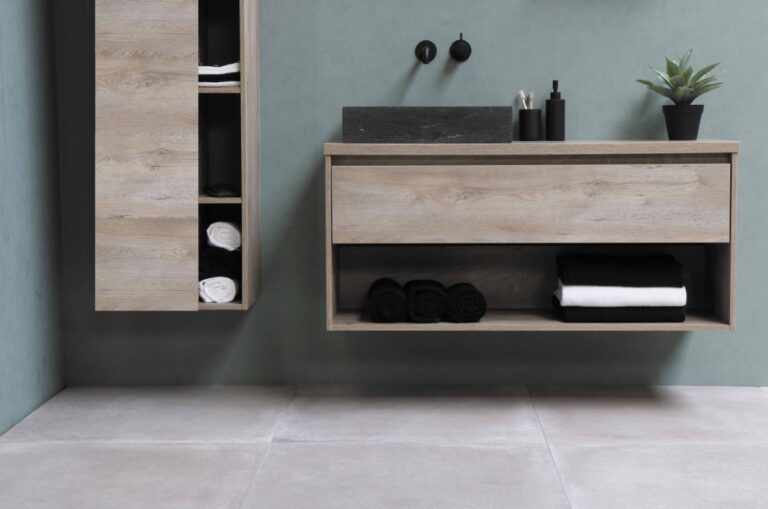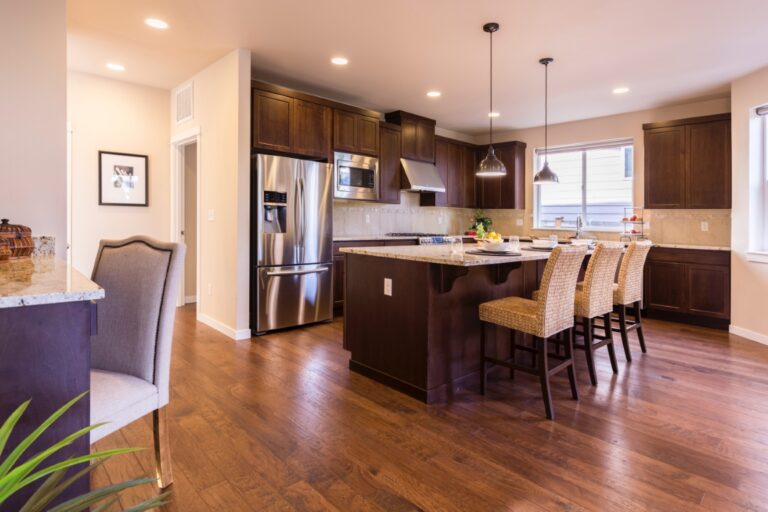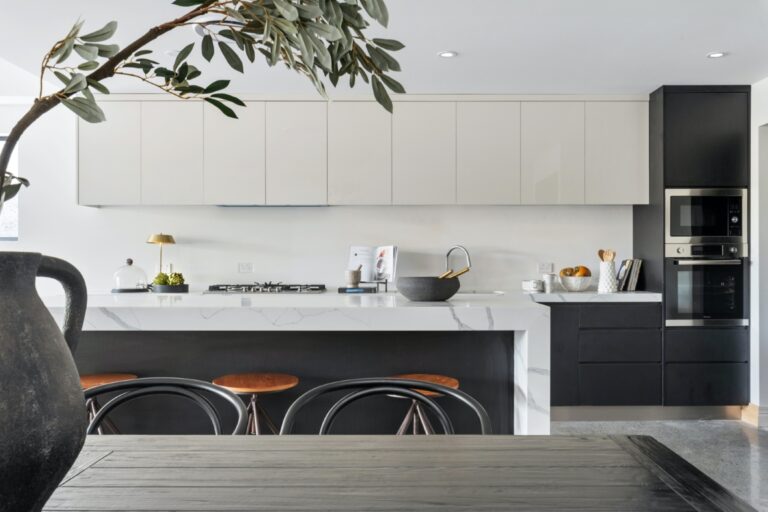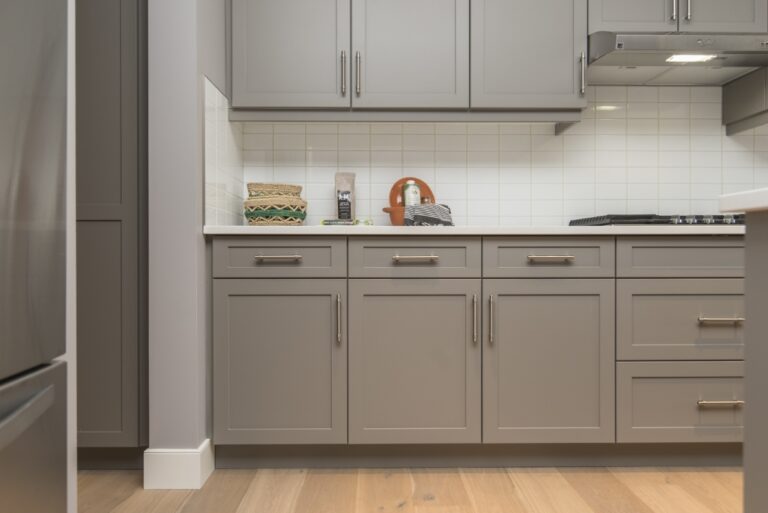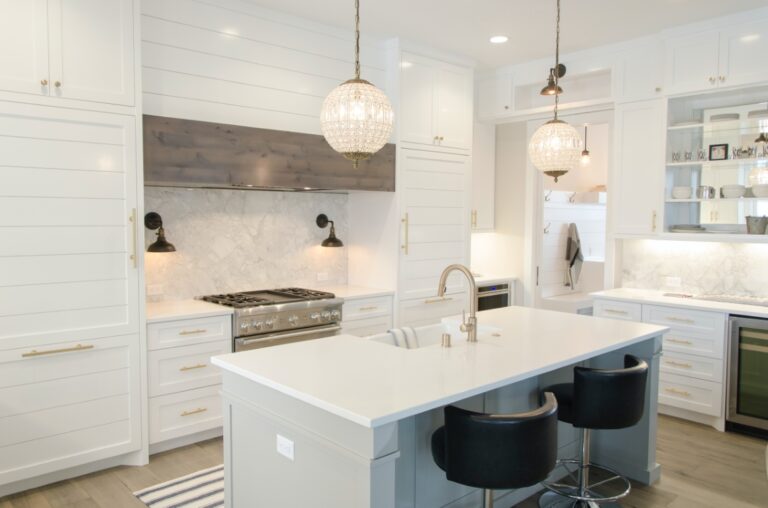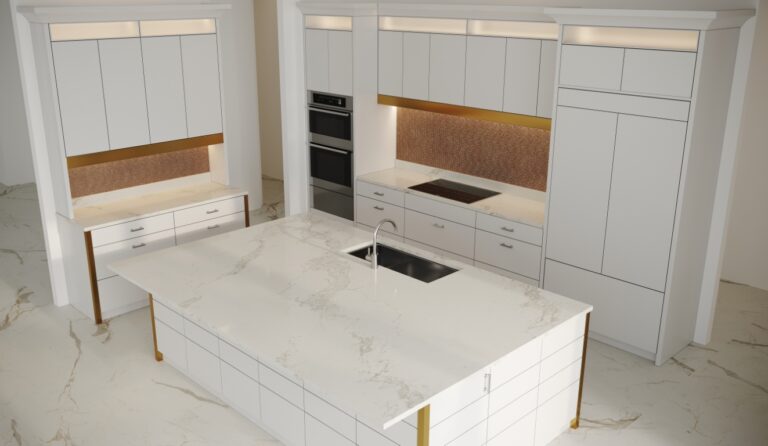Choosing the Right Cabinet Material for Your Home
When it comes to designing or renovating your home, one of the most critical decisions you’ll make is choosing the right cabinet materials. Cabinets are not just functional; they also play a significant role in defining the style and ambiance of your living spaces. The choice of cabinet material can impact both the aesthetics and durability of your cabinetry. To help you make an informed decision, let’s explore the various cabinet materials available and their pros and cons.
1. Wood Cabinets:
Wooden cabinets have been a timeless choice for homeowners for their warmth, elegance, and versatility. Some popular wood types for cabinets include oak, maple, cherry, and walnut. Here’s what you need to know:
Pros:
- Aesthetics: Wooden cabinets exude natural beauty and provide a warm and inviting feel to your space.
- Durability: High-quality wood cabinets can last for decades with proper care.
- Customization: Wood can be stained or painted to match any style or color scheme.
Cons:
- Cost: Solid wood cabinets can be more expensive than other materials.
- Maintenance: They may require periodic maintenance like refinishing or resealing.
2. Plywood Cabinets:
Plywood is engineered wood made by layering thin sheets of wood veneer. It’s often used for cabinet boxes, with solid wood or MDF for doors and faces.
Pros:
- Stability: Plywood is less prone to warping or cracking compared to solid wood.
- Affordability: It’s generally more cost-effective than solid wood.
- Strength: Plywood cabinets can support heavy loads.
Cons:
- Appearance: The edges of plywood may not have the same visual appeal as solid wood.
- Veneer Quality: The quality of the veneer can vary, affecting the overall look.
3. MDF (Medium-Density Fiberboard) Cabinets:
MDF is a composite material made from wood fibers, wax, and resin. It’s often used for cabinet doors and faces.
Pros:
- Smooth Finish: MDF offers a smooth and consistent surface for painting.
- Affordability: It’s a cost-effective option.
- Customization: MDF is highly versatile and can be cut into intricate shapes.
Cons:
- Durability: It’s not as durable as solid wood or plywood and can be prone to damage from moisture.
- Limited Weight Support: MDF may not support heavy loads as well as other materials.
4. Thermofoil Cabinets:
Thermofoil cabinets are made by applying a vinyl film to an MDF or engineered wood core.
Pros:
- Easy Maintenance: They are easy to clean and resistant to moisture.
- Affordability: Thermofoil is budget-friendly.
- Variety: Available in various colors and styles.
Cons:
- Durability: Thermofoil can peel or warp with time and heat exposure.
- Repairs: Once damaged, thermofoil cabinets are challenging to repair.
5. Metal Cabinets:
Metal cabinets, often made from stainless steel, aluminum, or even copper, can lend a modern and industrial aesthetic to your space.
Pros:
- Durability: Metal cabinets are highly durable and resistant to moisture.
- Sleek Design: They provide a contemporary and minimalist look.
- Low Maintenance: Easy to clean and maintain.
Cons:
- Cost: Metal cabinets tend to be more expensive.
- Limited Style Options: They may not suit traditional or classic styles.
In conclusion, the choice of cabinet material largely depends on your budget, style preferences, and practical needs. It’s essential to balance aesthetics with functionality and durability. Consider consulting with a professional cabinet designer to ensure you make the best choice for your home. Ultimately, the right cabinet material can transform your living spaces into functional and beautiful areas that you’ll enjoy for years to come. At V&C Cabinet Design Concept, we’re committed to helping you create custom storage solutions that blend seamlessly with your unique space. Contact us today to discover how our expertise can transform your home into a haven of efficiency and elegance.


